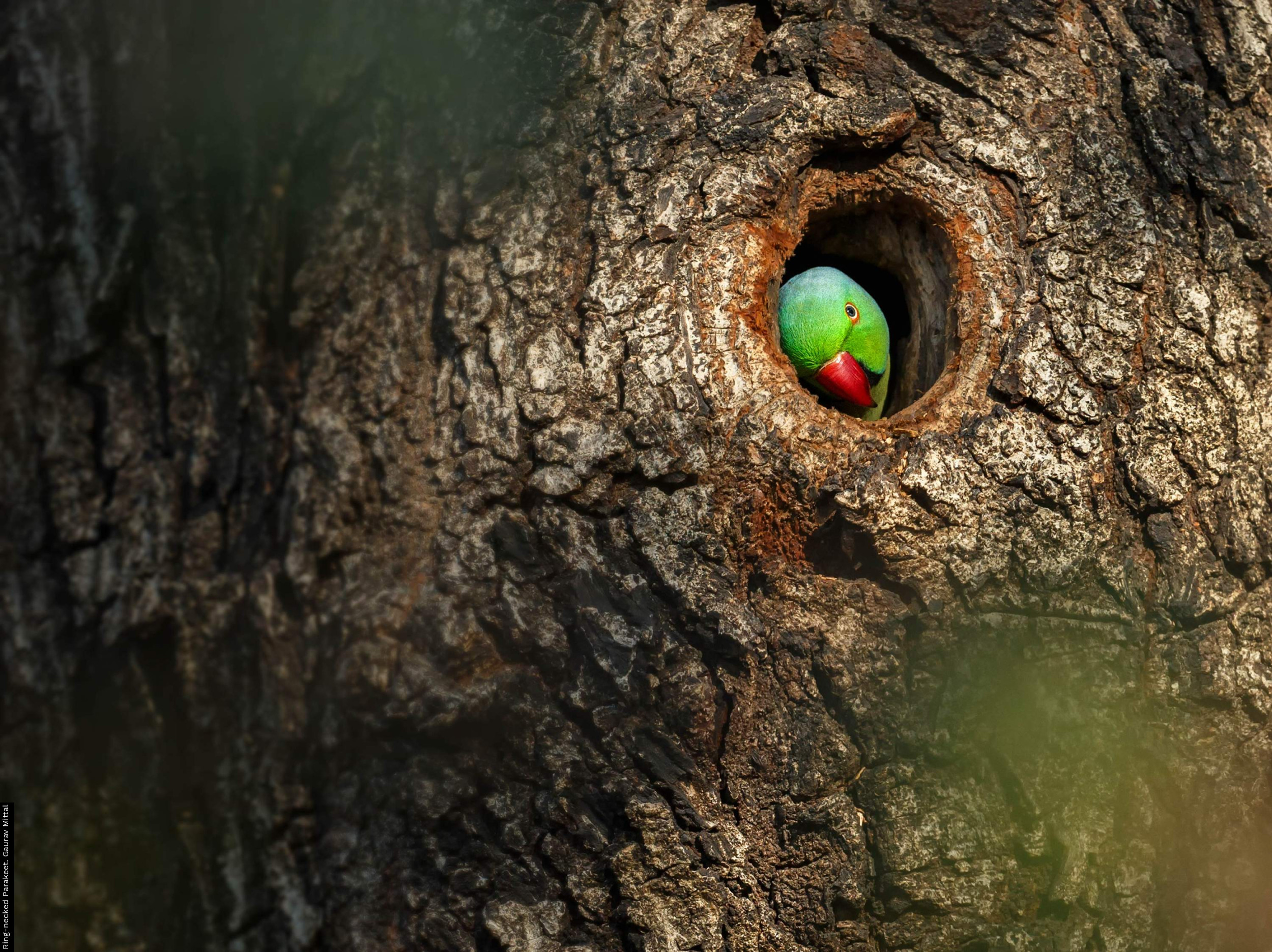
Publisher: Little Toller, Fratrum, Dorset
Publication Year: 2018
Binding: Hardback
Page Count: 239
ISBN Number: 9781908213624
Price: £ 16.00
Landfill
Landfill, by writer, radio producer, and one-time ‘ornithological zealot’, Tim Dee, focuses on gulls. It is a far cry from other recent works (Gulls Simplified by Pete Dunne and Kevin Karlson, and Gulls of the World: A Photographic Guide by Klaus Malling Olsen), in that although Tim Dee is undoubtedly knowledgeable about gull ID, behaviour and ecology, much of Landfill is devoted to the way gulls interact with humans and how they have woven their way into our history, culture and folklore. Tim Dee also watches the watchers, with many chapters describing those who spend their amateur or professional lives observing and studying gulls. A small disclaimer here - I am one of those people!
Landfill is a fascinating and eclectic book. Tim Dee is an excellent writer, and captures many of the sites, sights and species that I am so familiar with perfectly. For example, his description of the ‘sickly neon-coral grime that skins the whole dump’ vividly conjures up the peculiar residue that pervades landfill sites. Despite having spent years immersed in the scientific literature of gulls and working with them in the field, I learnt so much from reading Landfill. Tim Dee details how gulls are described in texts from the Bible (‘unclean’ in Leviticus) to the works of Shakespeare. The book’s historical references beautifully illustrate how recently gulls were restricted to the coasts. Even Gilbert White struggled to identify ‘some large white fowls’ with ‘black heads’ that he spotted some twenty miles from the sea in 1771. Elsewhere, we find descriptions of young gulls being fattened for Elizabethan feasts, and we learn how the working poor of London so identified with the gulls that moved into the city in the harsh winters of the 1890s that they began a tradition of feeding them.
I found Landfill a poignant read. Tim Dee convincingly argues that humans have drawn gulls into living alongside us, and that many of the aspects of gulls’ lives we dislike in fact hold a mirror up to our own behaviour. The pages also exude a certain amount of dread, from his analysis of Daphne du Maurier’s The Birds as a paranoid Cold War text, to personal accounts of the mortally injured Lesser Black-backed Gull fledgling (‘moribund bird child’) he found dying on Flat Holm Island and the Black-headed Gull that fell from its flock and spun dead on the road as he drove to Chew Valley Lake. A feeling of sadness permeates the brutal honesty with which Tim Dee writes about struggles with his own health, that of his ailing parents and some of his reflections on parenthood. Sadness too at the way gulls are reviled, although the book’s gloom is ably balanced by (black) humour.
Overall, I found Landfill mesmerising. If I had one criticism, it would be that at times I thought it was a little too eclectic. For instance, the section on searching for nightjars in Madagascar towards the end of the book felt almost like an offshoot too far. I would highly recommend this book though, and as an added bonus, it comes with attractive cover artwork and illustrations by Greg Poole. Landfill is a fantastic addition to any bookshelf.
Book reviewed by Viola Ross-Smith
buy this book





Share this page